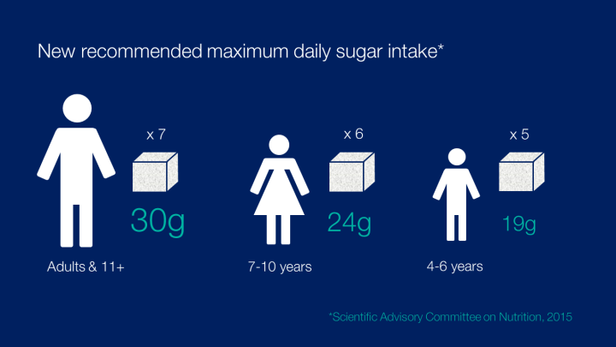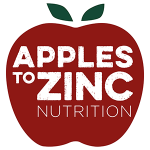Sugar has been getting a lot of media coverage of late and not for good reasons. So, what is all the hype about? Is it really that bad?
Sugar is a carbohydrate in its simplest form and is used by the body to produce energy. If we consume more energy than we can expel then the excess converts to fat stores. But weight isn’t the only issue with sugar and, for children, it can impact many aspects of health and behaviour.
In a BBC report that was released in January 2018 tooth extraction was the number 1 stated cause of hospital admissions in the under 18’s – quite a shocking statistic! Between 2016-17 tooth extractions cost our NHS over £36m and I think we can all agree that money would be spent better elsewhere in the NHS.
Sugar may also negatively impact behaviour and concentration when a child goes on a roller coaster of sugar highs and crashes throughout the day. This, in turn, may impact the learning potential and future grades. It can also tire children out and make them quite “hangry”
Lastly, an over-consumption of sugar may increase a risk of diseases later in life such as type 2 diabetes, stroke and heart disease
We all know that there is sugar in sweets, cakes, chocolates and biscuits and in many cases, we do our best to limit these. However, sugar can be hidden in many unsuspecting foods that we consume on a daily basis. For example, did you know that in every squirt of ketchup (15ml) there is 1 teaspoons of sugar or in a standard 200ml glass of orange juice there are 8 teaspoons of sugar? These are the foods that we need to watch out for.
Below is a chart which highlights how much sugar a person can have as a maximum each day and it is much less than you might think.

Don’t worry about milk or fruit though – as long as eaten whole and not fried, tinned or juiced then they don’t count towards the daily allowance. All other foods do count even if you think they are savoury and won’t have sugar in them.
Understanding how much sugar is in a food can really help you with cutting back on it and helping optimise your child’s health. To do this simply look on the back of a packet where you’ll find the nutrition label. Check the line which says “carbohydrates….of which sugars” and look at the column that is giving you a portion size and that’s the sugar content. To turn that into teaspoons simply divide by 4.
There is a whole module dedicated to sugar in my child nutrition course which is coming soon. In the module we cover the issues with sugar much more in-depth, I teach you where to find the not so obvious sugars and even provide a handy sheet to record the sugar in your regular foods. I also offer practical tips and advice on how to reduce sugars and what to eat instead.
